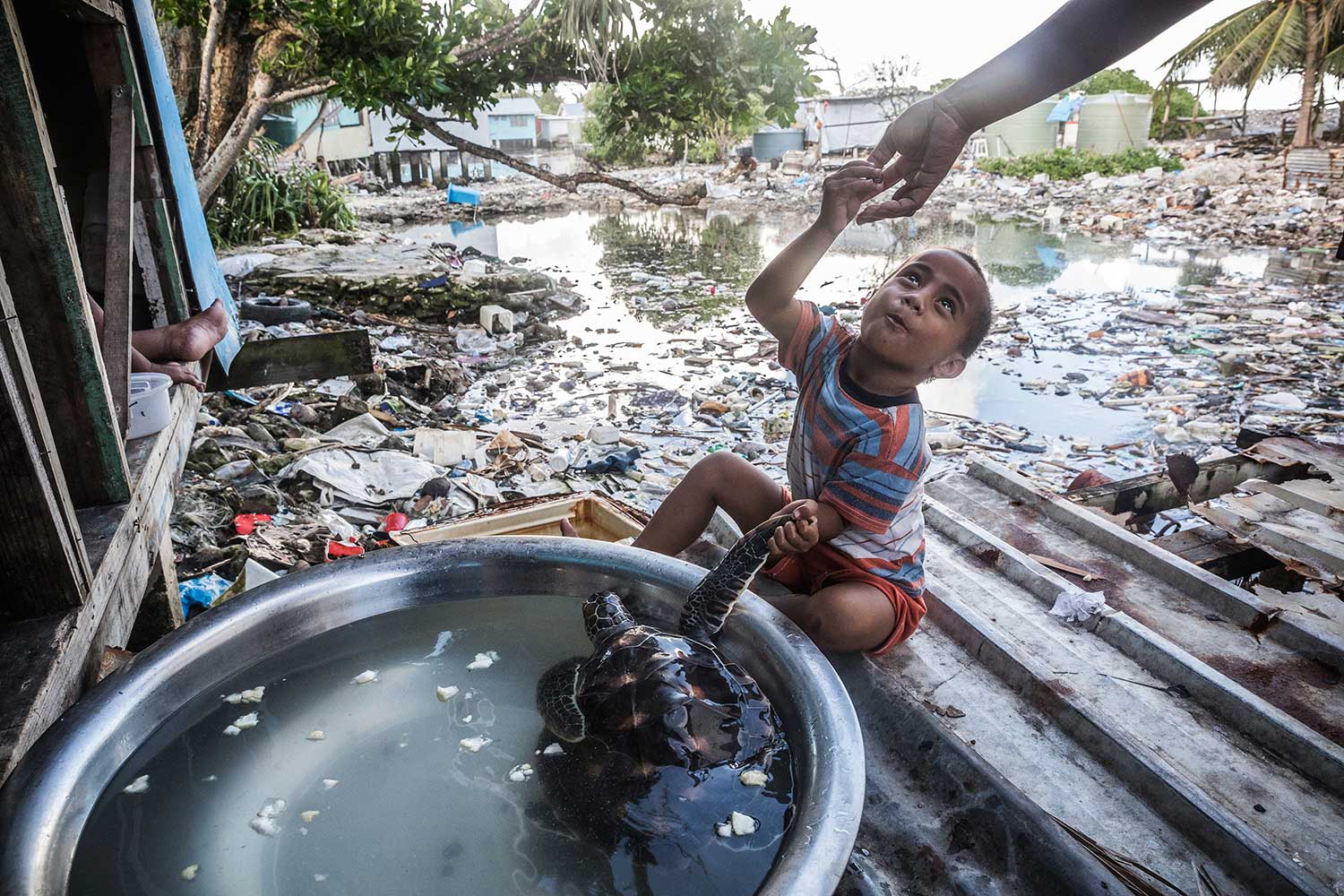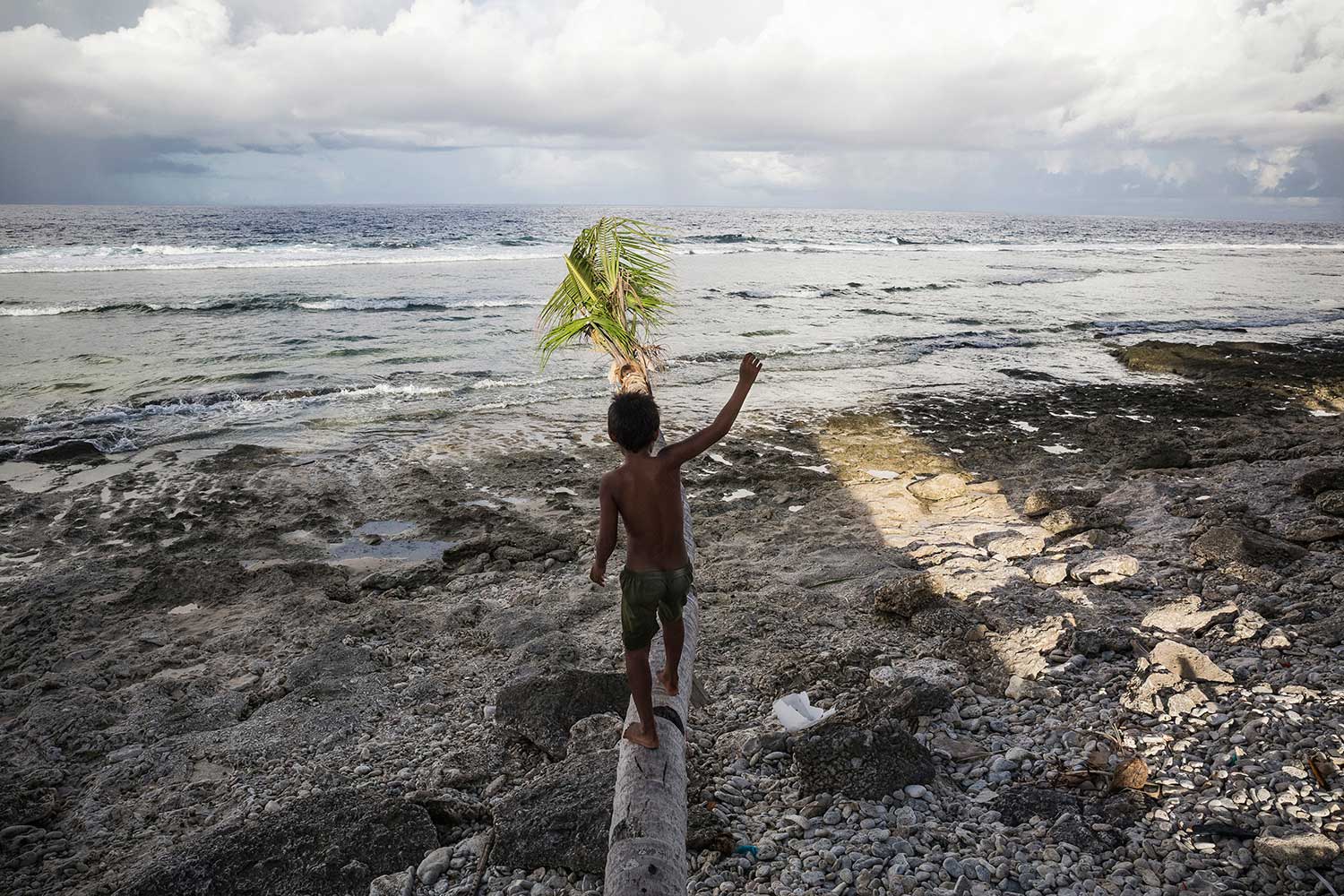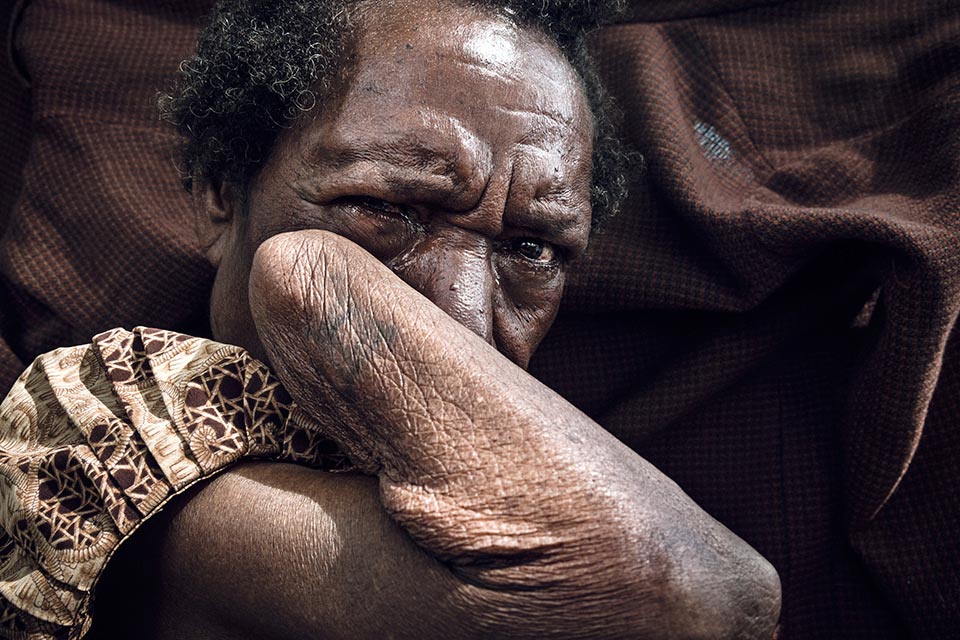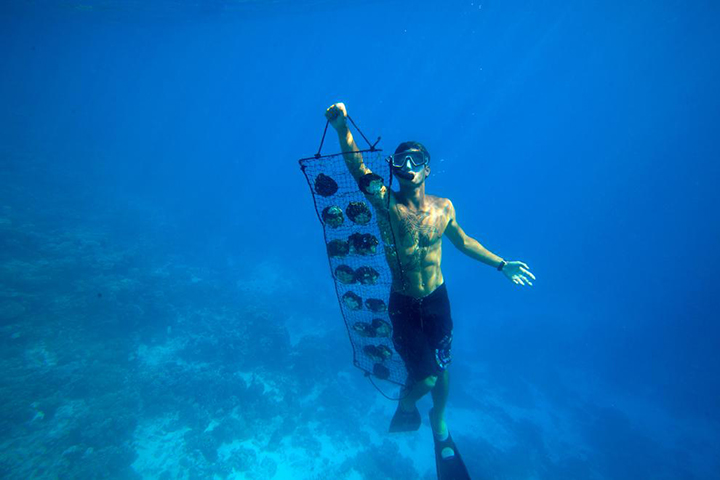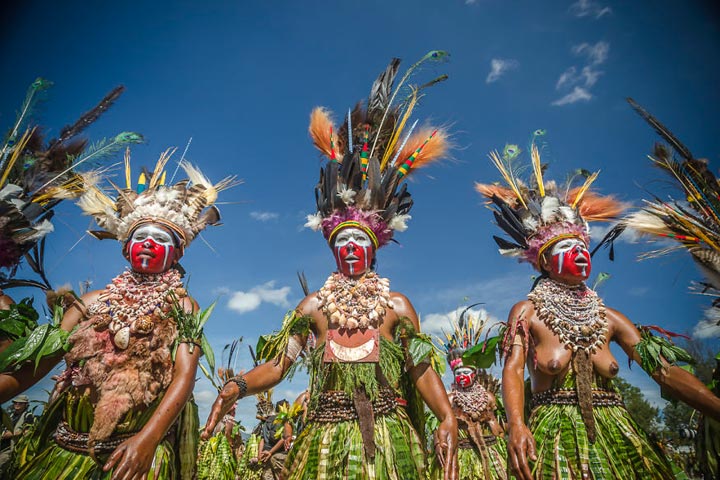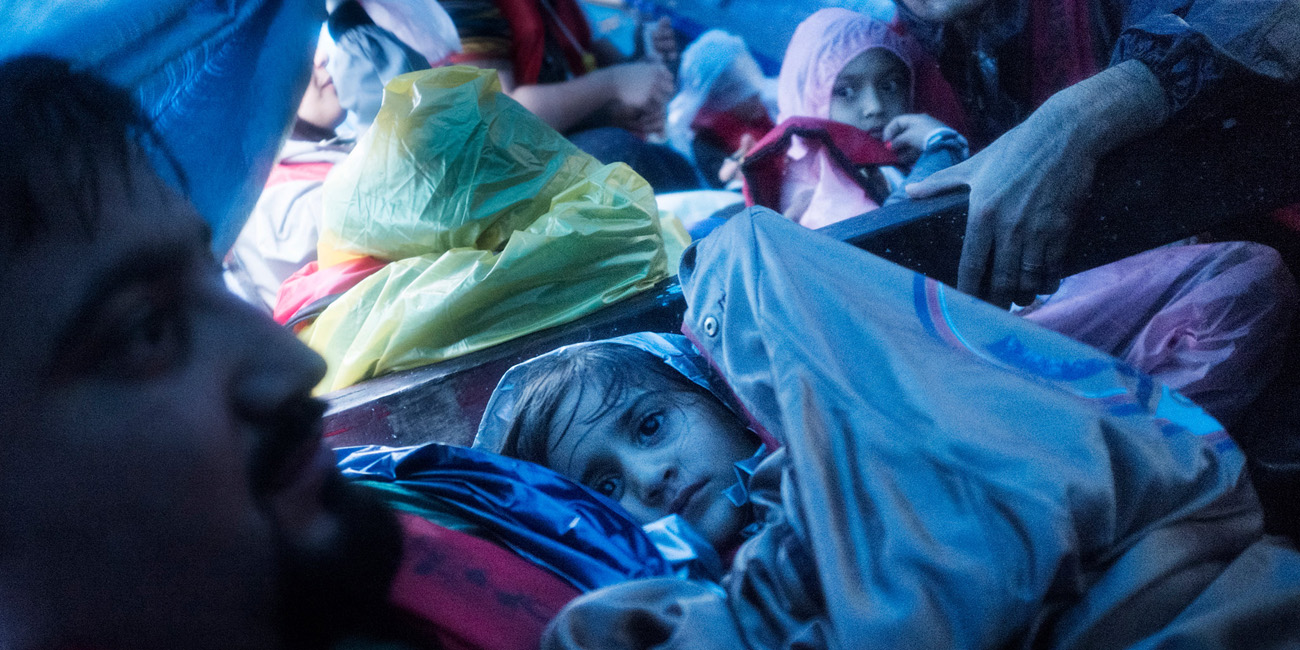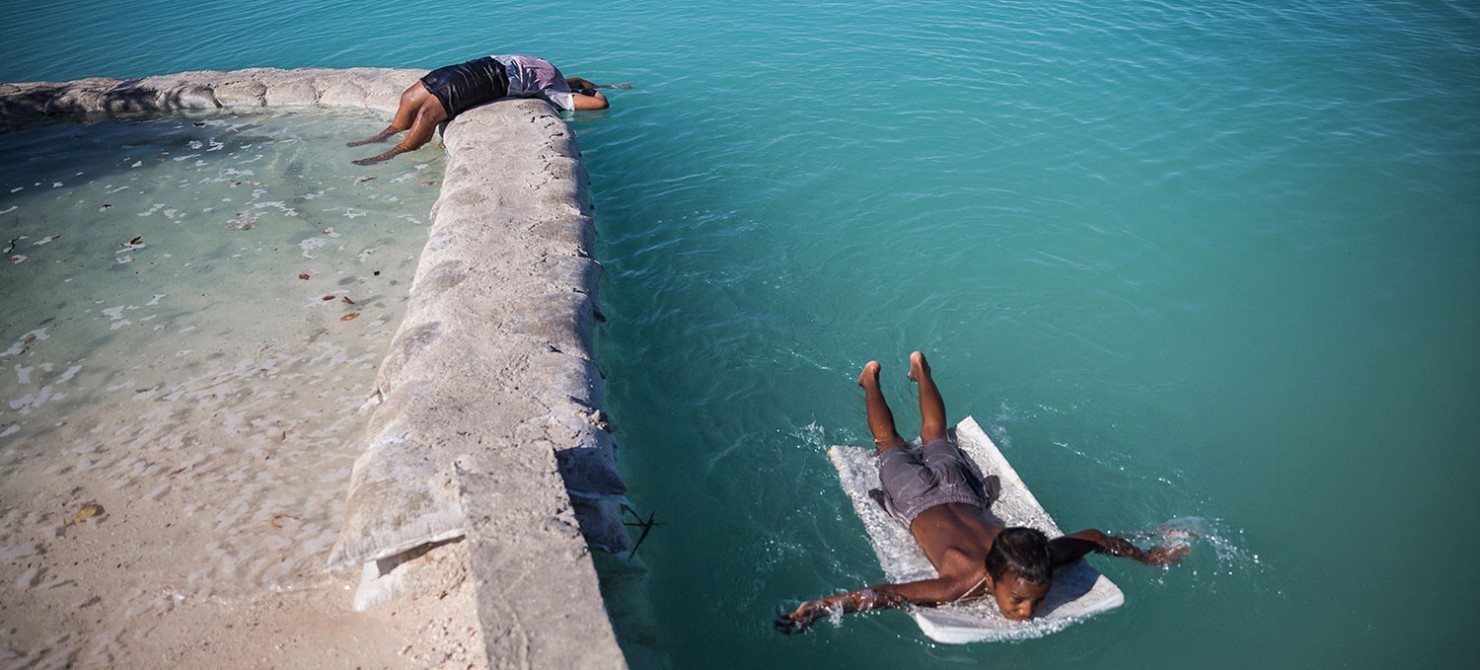
Warm Waters: Oceania Disappearing in Vlad Sokhin’s Project

British photo agency Panos Pictures photographer. Born in Russia, lives in Lisbon (Portugal). Specializes in documentary photography, works with the UN, Amnesty International, Oxfam, ChildFund, UNICEF. Sokhin’s photographs have been published in The Guardian, National Geographic, GEO, International Herald Tribune, The Atlantic, The Global Mail, Internazionale, Stern, Le Monde, Paris Match, Marie Claire, BBC, Sydney Morning Herald, and in “The Russian Reporter” and “Around the World.” Winner of international photography awards. His works have been exhibited in many countries around the world, including at the International Festival of Photojournalism Visa Pour L’Image in Perpignan (France), and in the parliaments of Australia and Papua New Guinea. Published a photobook called Crying Meri about violence against women in Papua New Guinea.
Warm Waters is a project about climate change. With the example of the Pacific region, I want to show what happens to nature and the people, who are at the frontline of global warming. Warm Waters is about the rising of ocean level, about extreme weather effects, such as El Nino and super typhoons, about floods and droughts, the destruction of coast and first climate refugees.
In 2013, journalist Jo Chandler and I started collecting stories for The Global Mail Australia, which were this way or the other connected with climate change in Papua New Guinea. It was then when I got interested in the impact of global warming on people who live in Oceania. Small island states start to literally disappear because of the rising level of the ocean and the extreme power of super typhoons, which fall on them much more often than in previous decades.
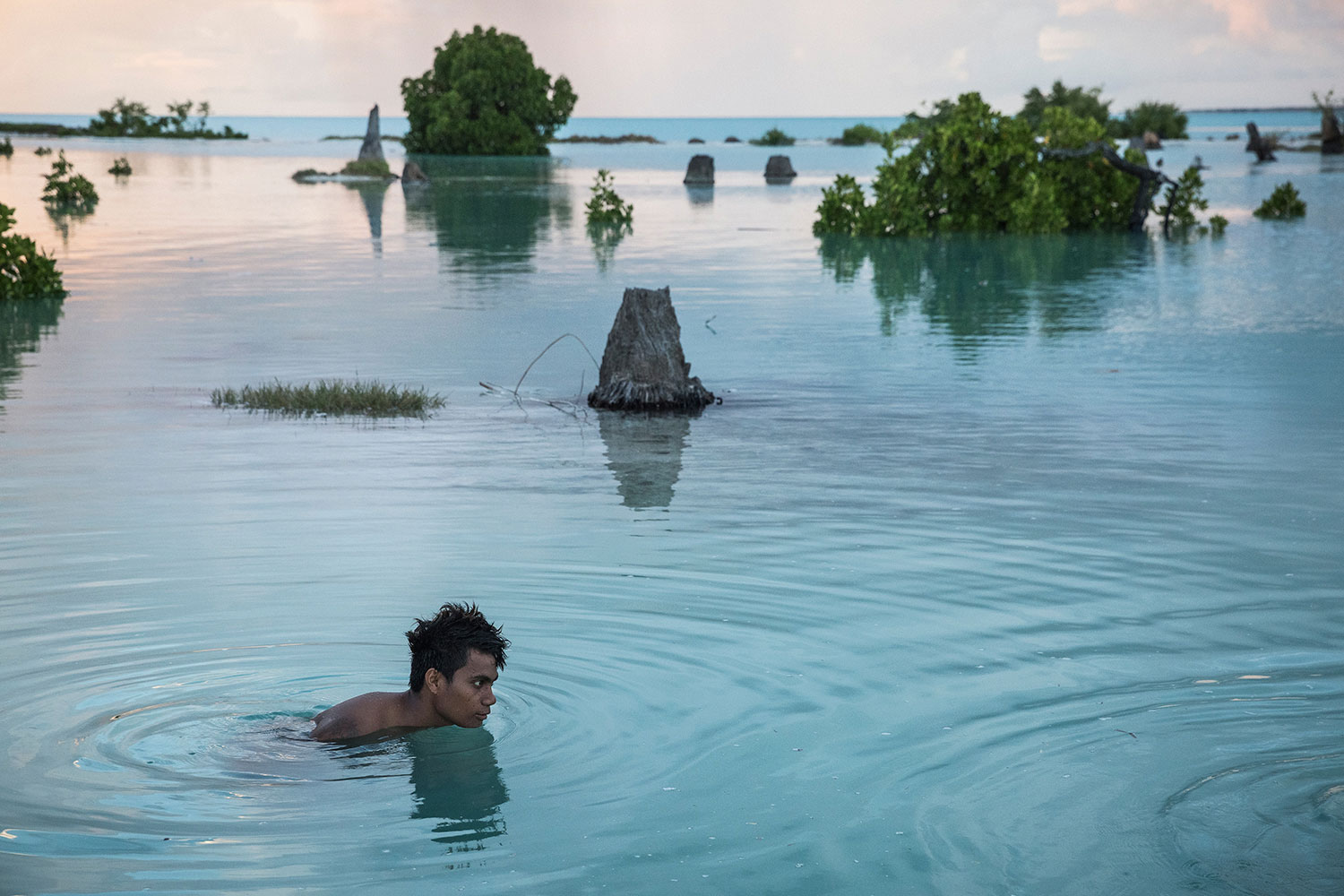
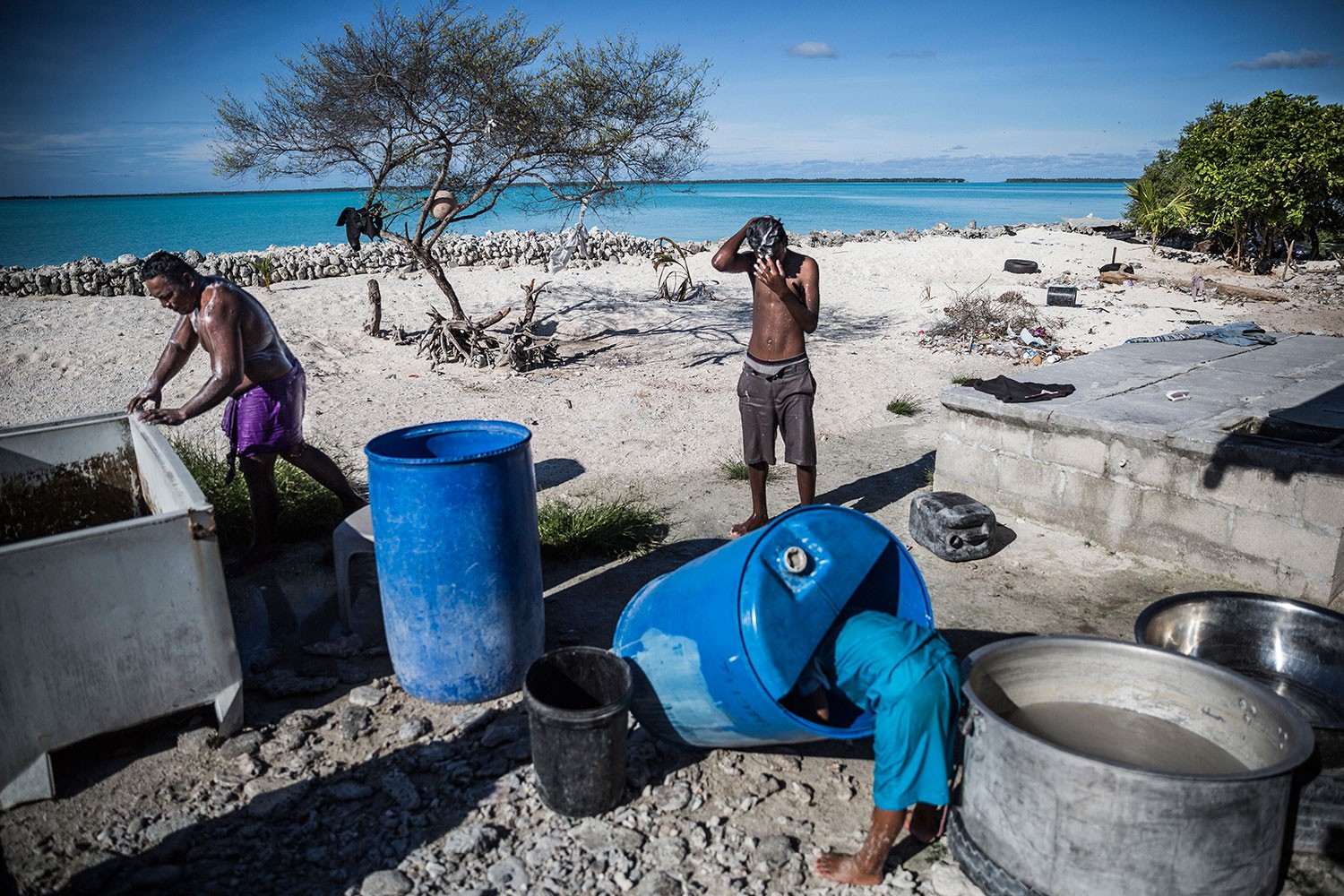
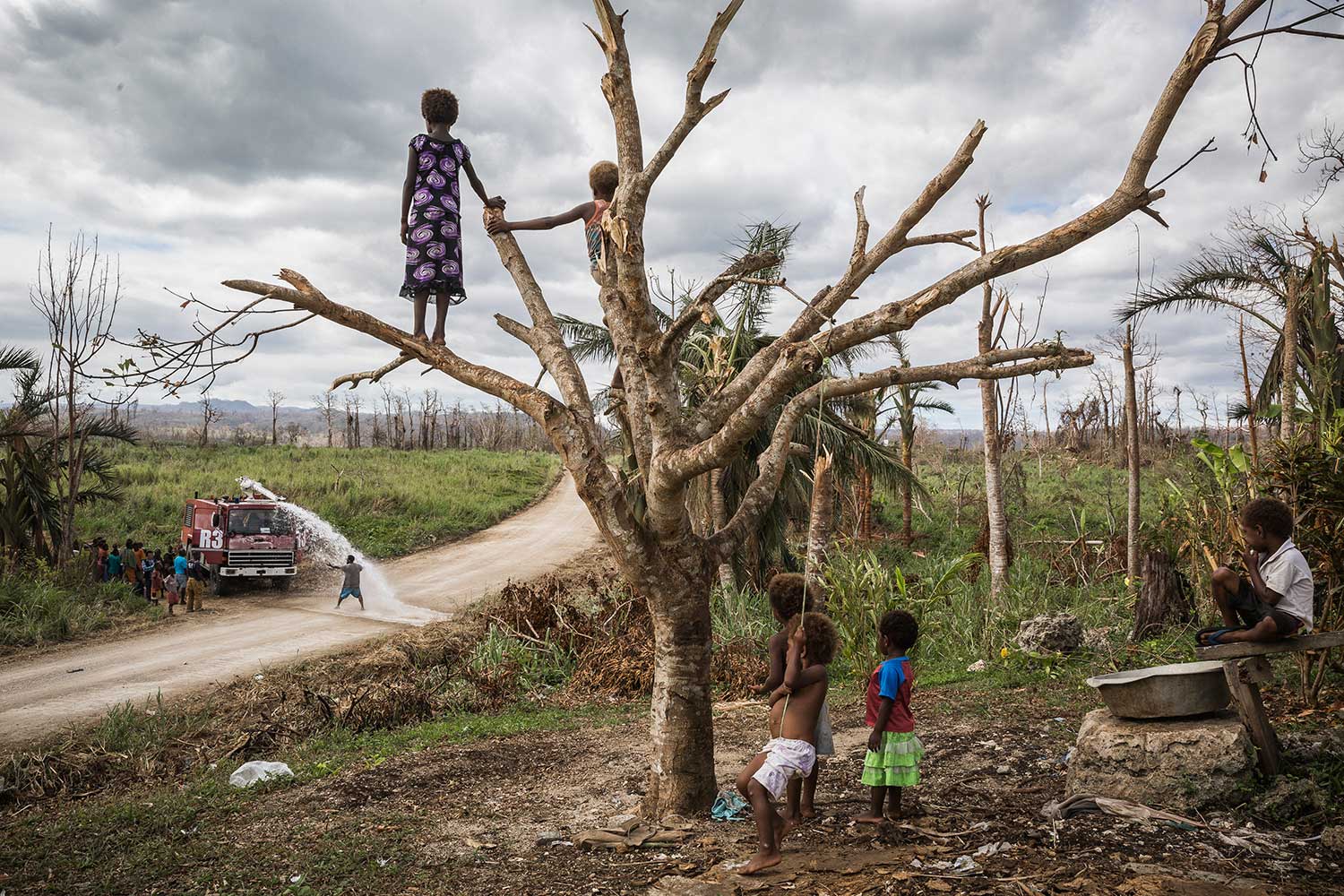
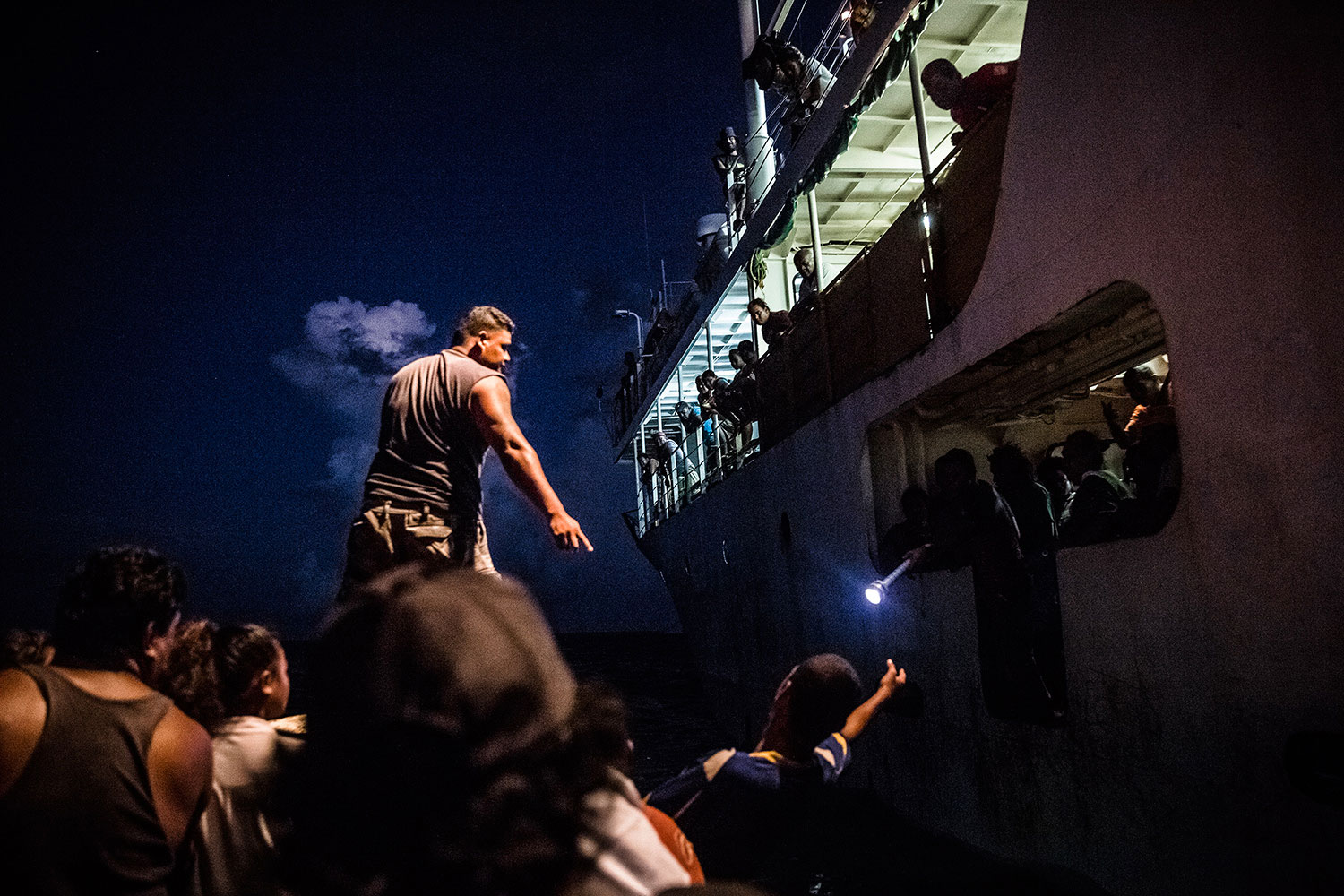
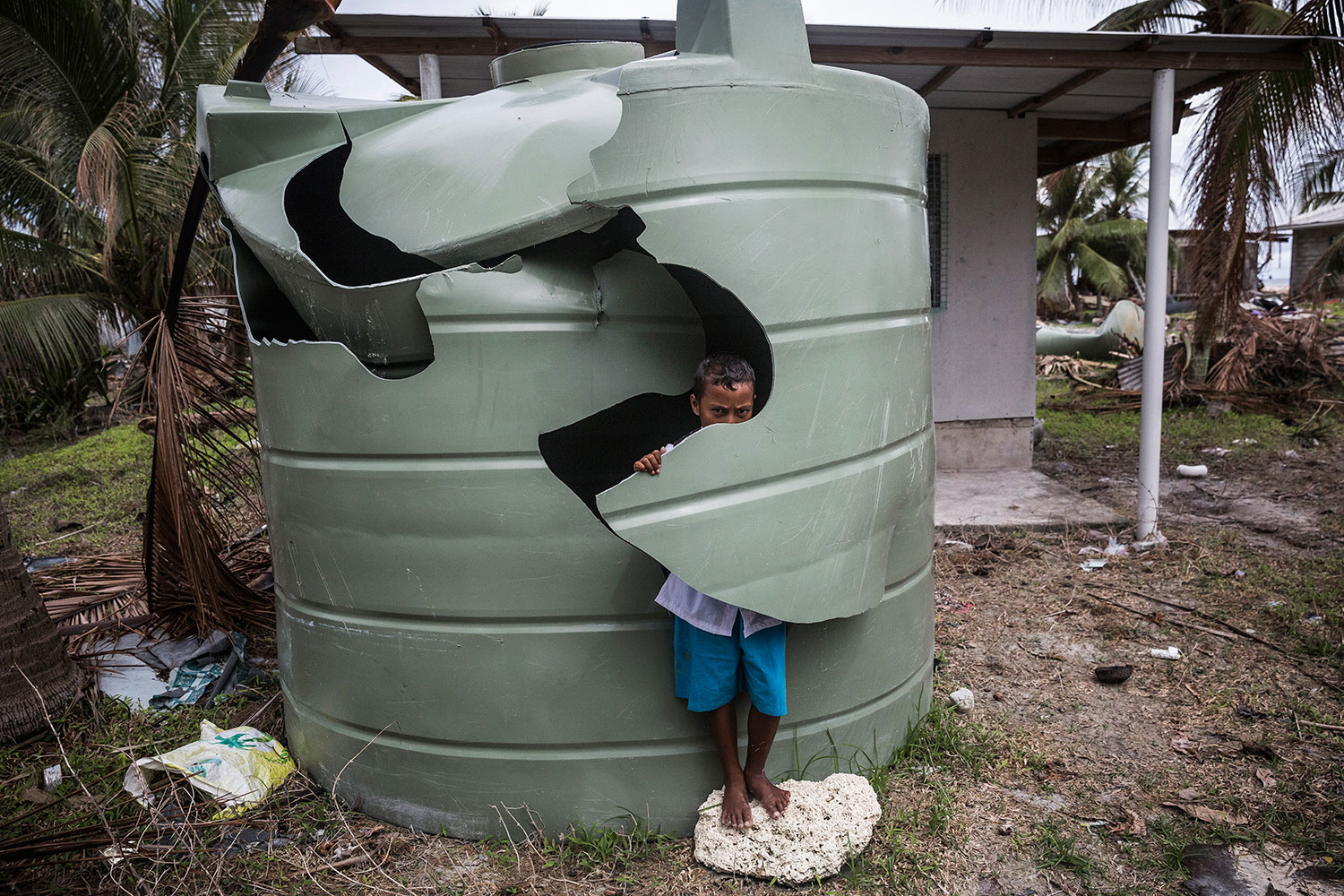
In 2014, I visited Kiribati and the Marshall Islands — both countries are submerging and scientists say they will be unsuitable for habitation by the end of the century. These countries are located on atolls, pieces of land in the middle of the ocean, which are only several dozen meters wide in their narrowest parts. During high tide and storms the huge waves flood the road, water gets into the houses and destroys gardens and vegetable patches.
People live in constant fear that their homes will be destroyed, and their small children washed into the ocean, so during bad weather the children are tied to the heavy objects inside the house.
In some parts of Kiribati, whole villages had to move inside the island because of coastal erosion. In Majuro, the capital of the Marshall Islands, I visited a cemetery where the graves are gradually submerging. I think it is one of the most convincing arguments for those who deny the effects of climate change and global warming — because would anyone have cemeteries on the water on purpose? Several decades ago the locals would not have thought that soon the bones of their ancestors will be under water.
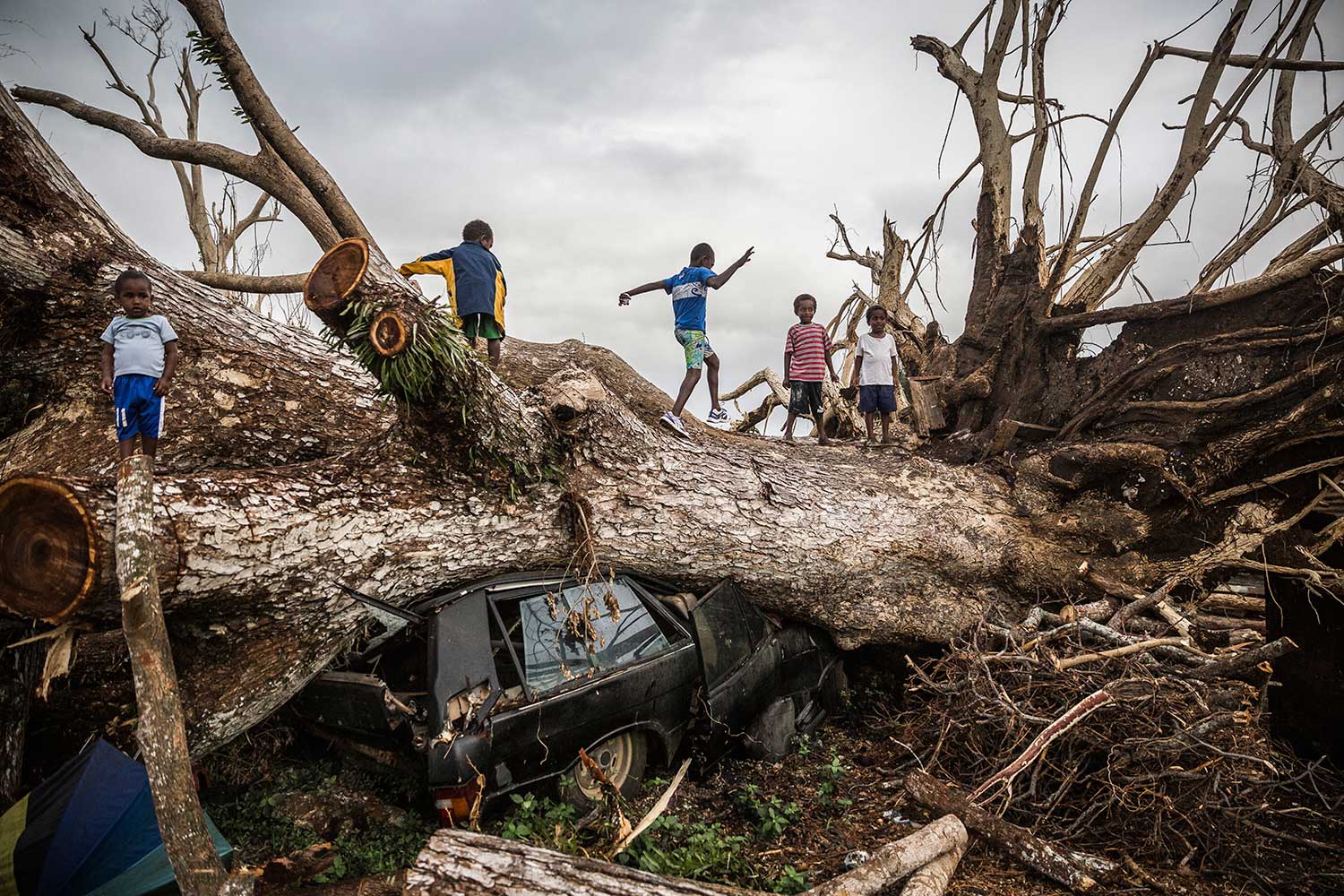
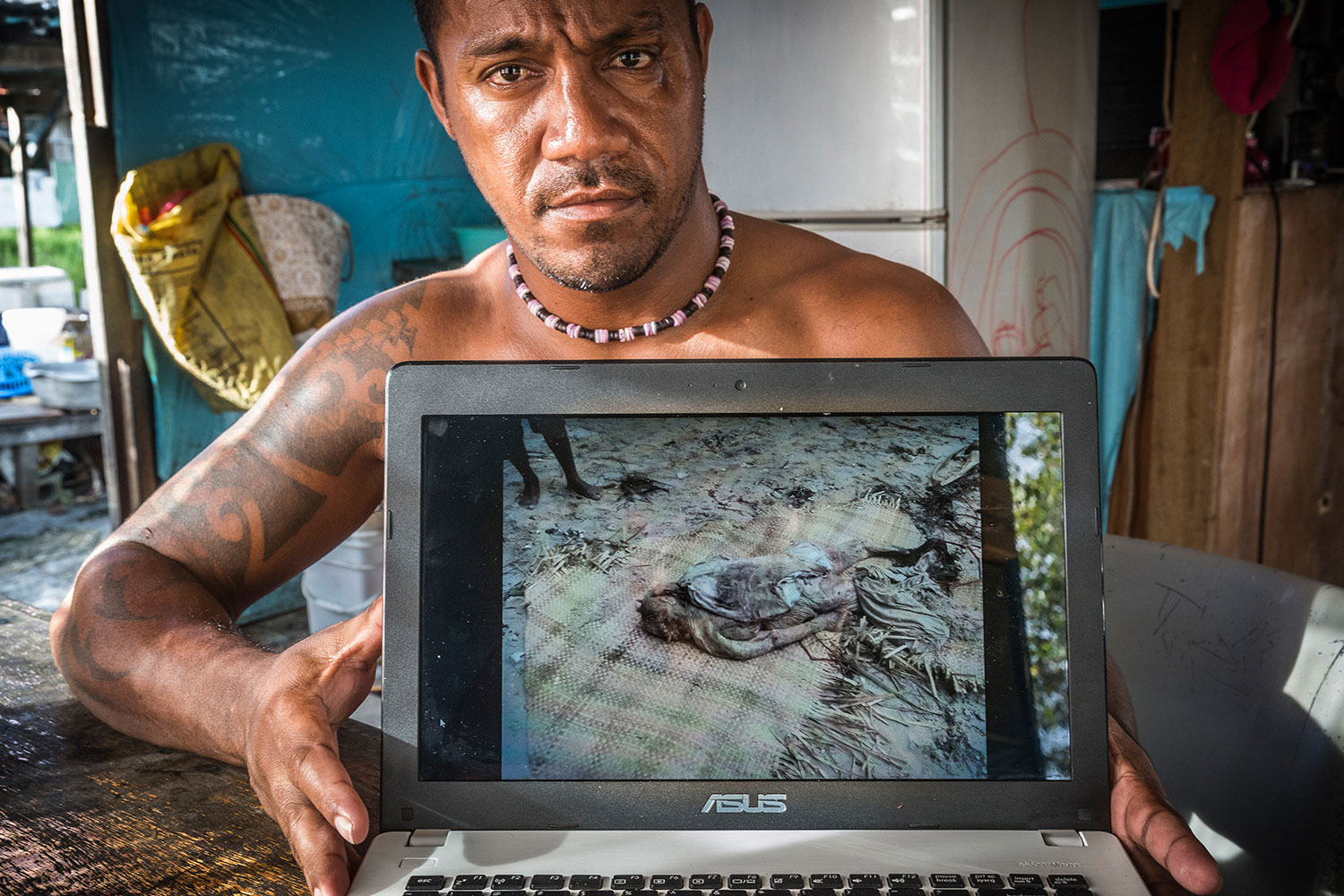
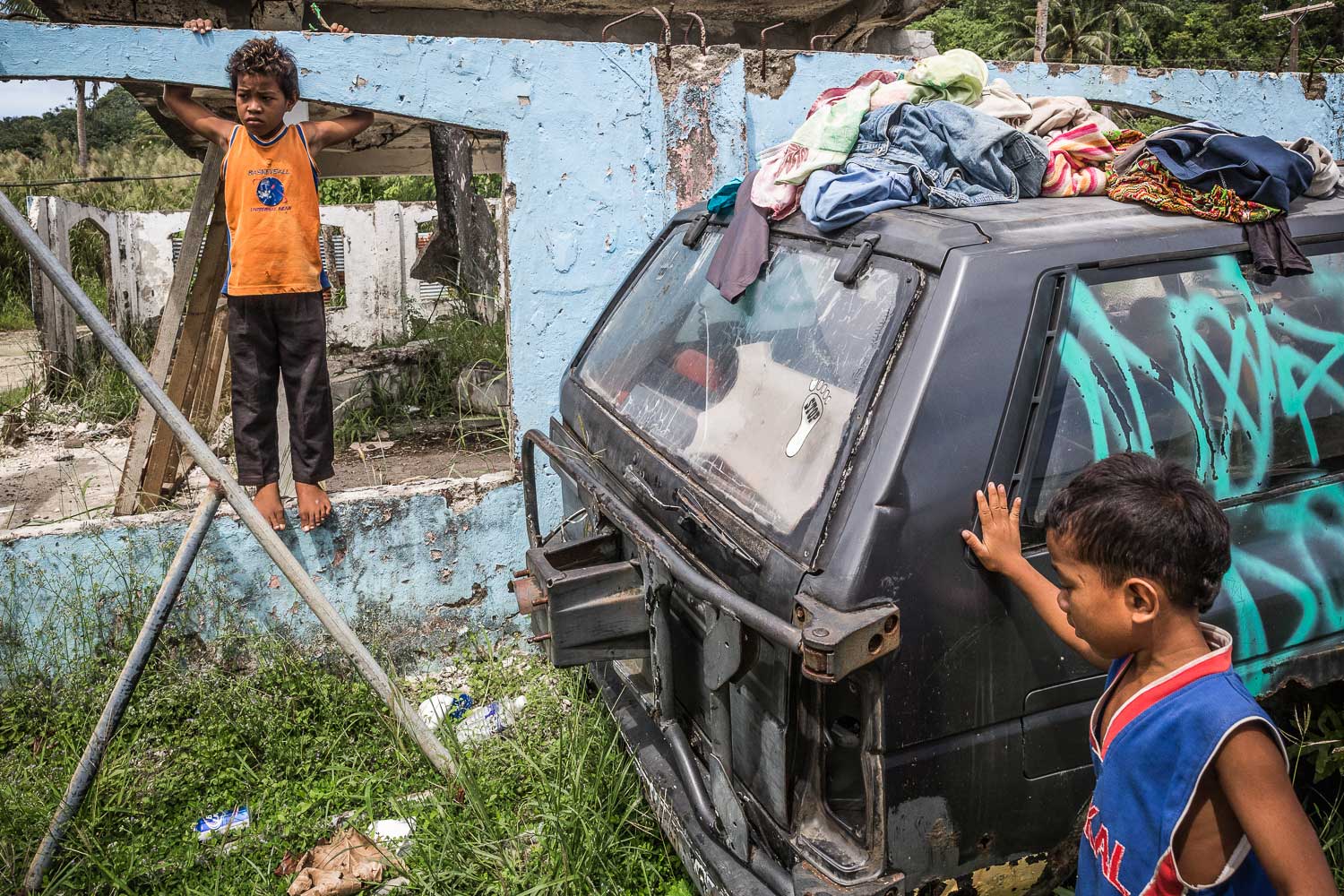
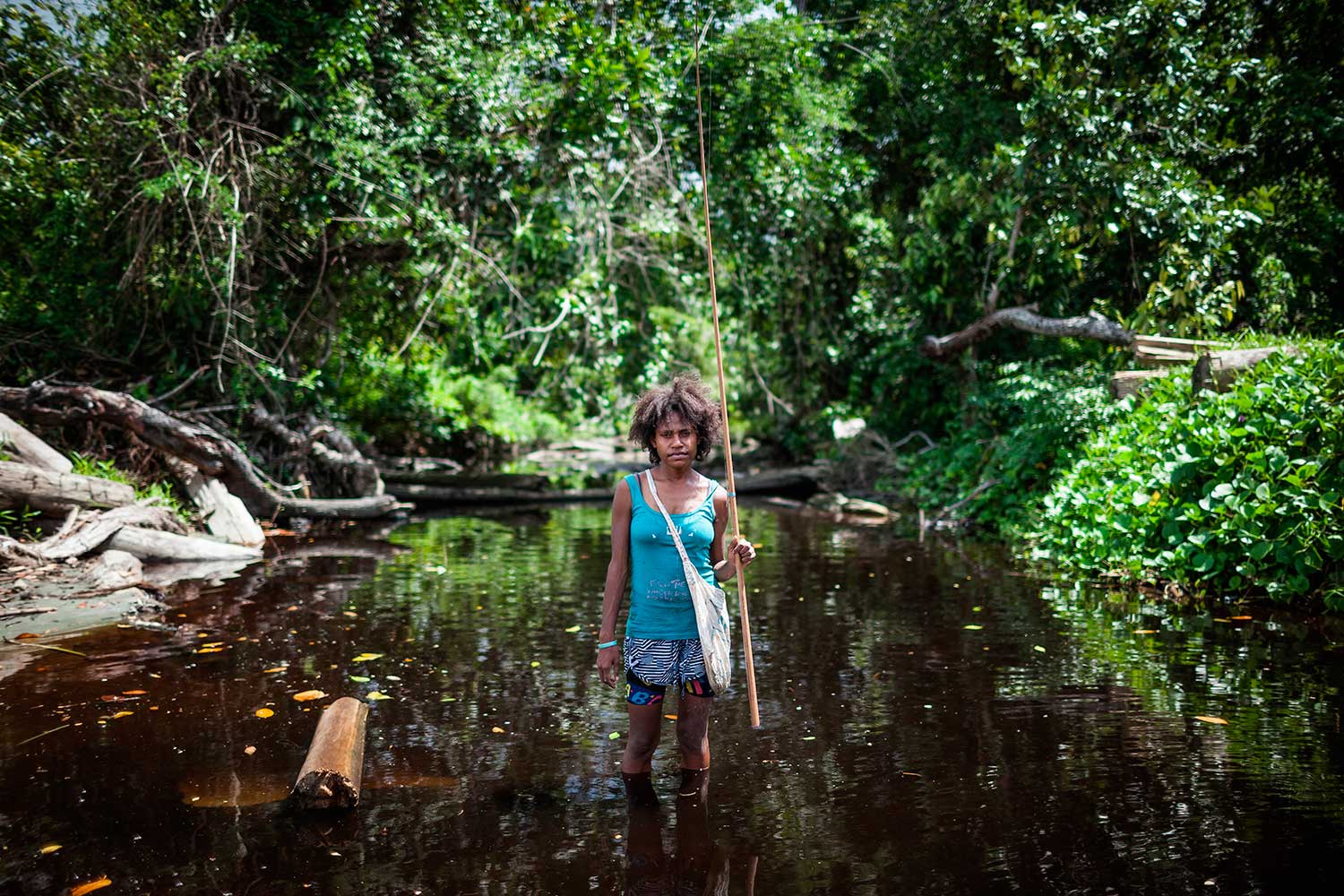
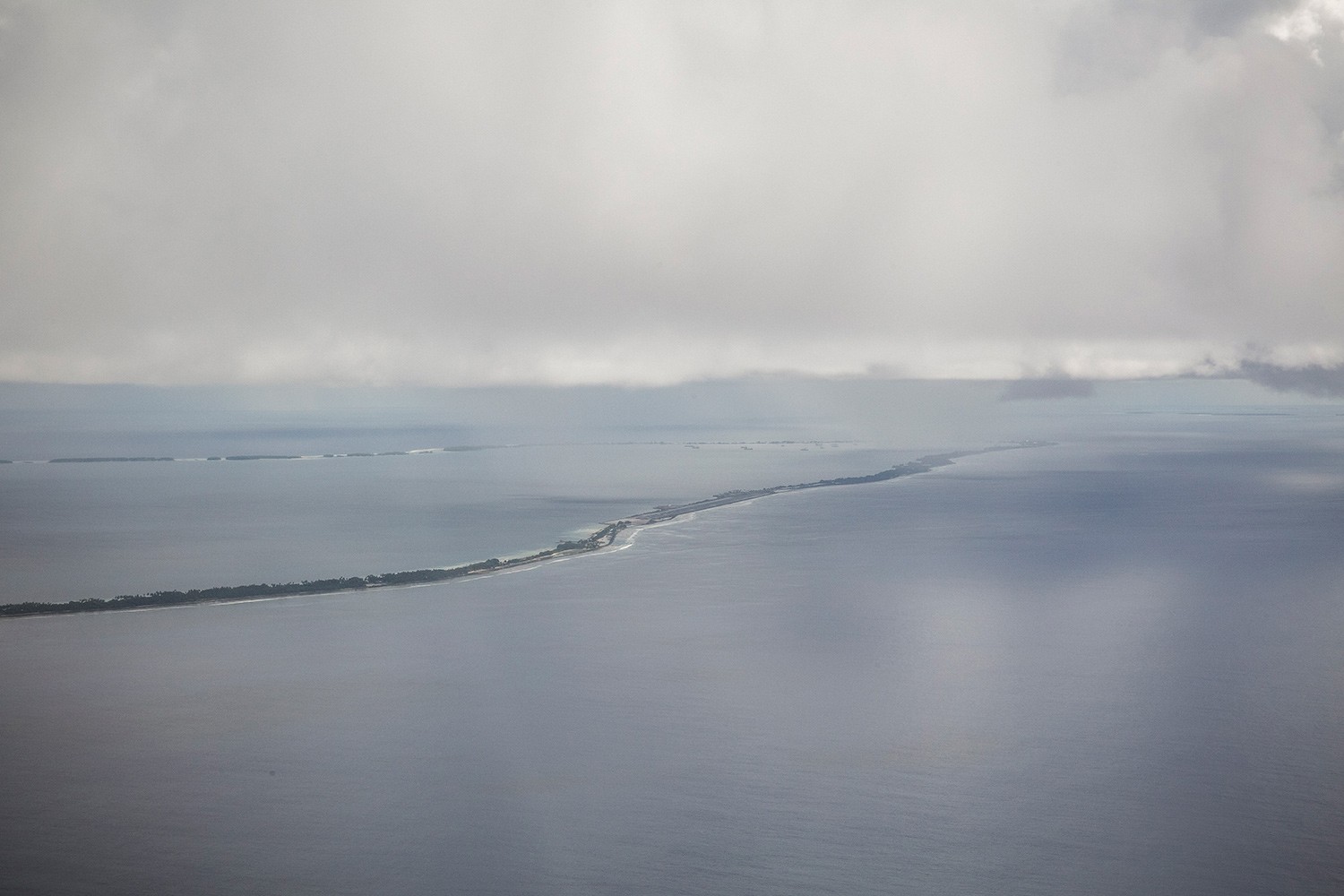
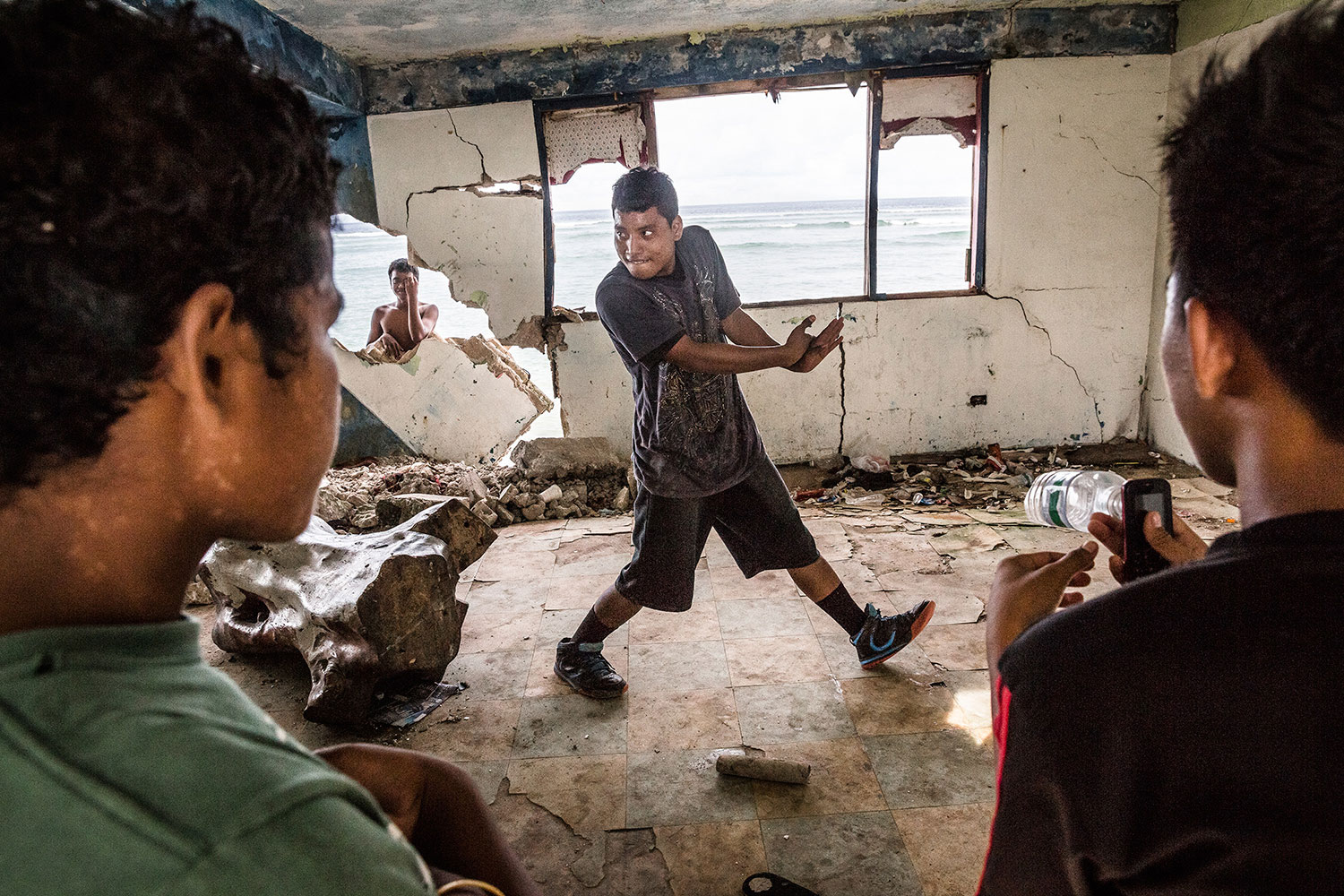
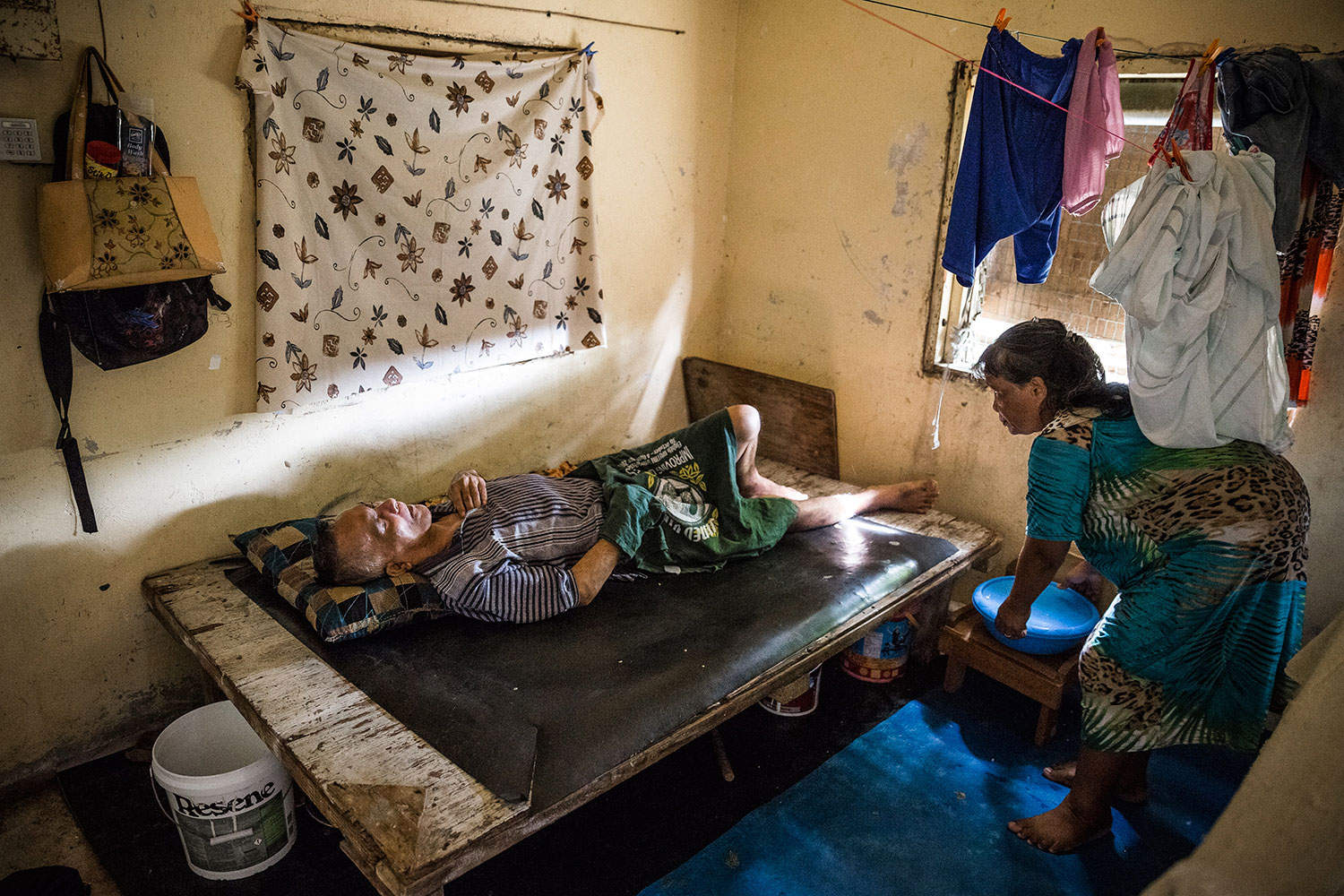
I also visited the Polynesian island of Niue, where they already started to move the inhabitants of Tuvalu, another Oceania state that is gradually submerging. Niue is located on high ground, so it is not afraid of the rising ocean levels. Local population emigrates to New Zealand in search for work a lot, so local authorities decided to give home to climate refugees.
This year I was capturing the aftermath of the destructive Cyclone Pam on Vanuatu islands. After that I went to Tuvalu on UNICEF commission. I was lucky to be on the same ship with the official delegation, headed by Tuvalu prime minister Enele Sopoaga and including almost all ministers. The ship went to the remote islands of Nui, Vaitupu and Nukufetau, which were severely damaged by Cyclone Pam, and I was the only professional photographer who was there to capture the aftermath of the cyclone.
Before our arrival the huge waves on the Nui island eroded the cemetery, and there were bones and half-decomposed bodies floating all over the island.
The pigs and chickens started to eat them, so the ministry of health care ordered to kill all the animals. For the locals, whose livelihood is based on fishing and animal husbandry, it was, of course, a tragedy.
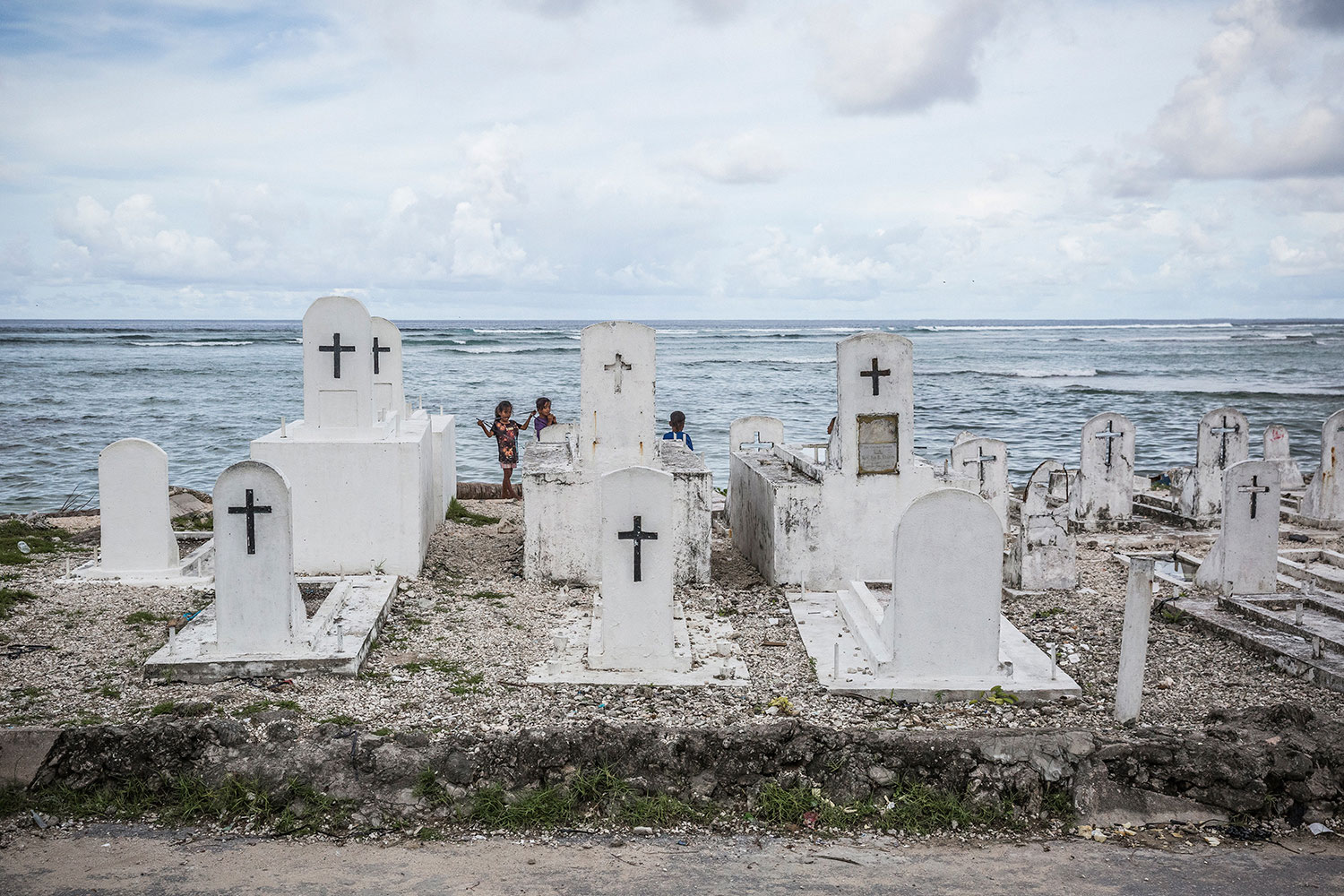
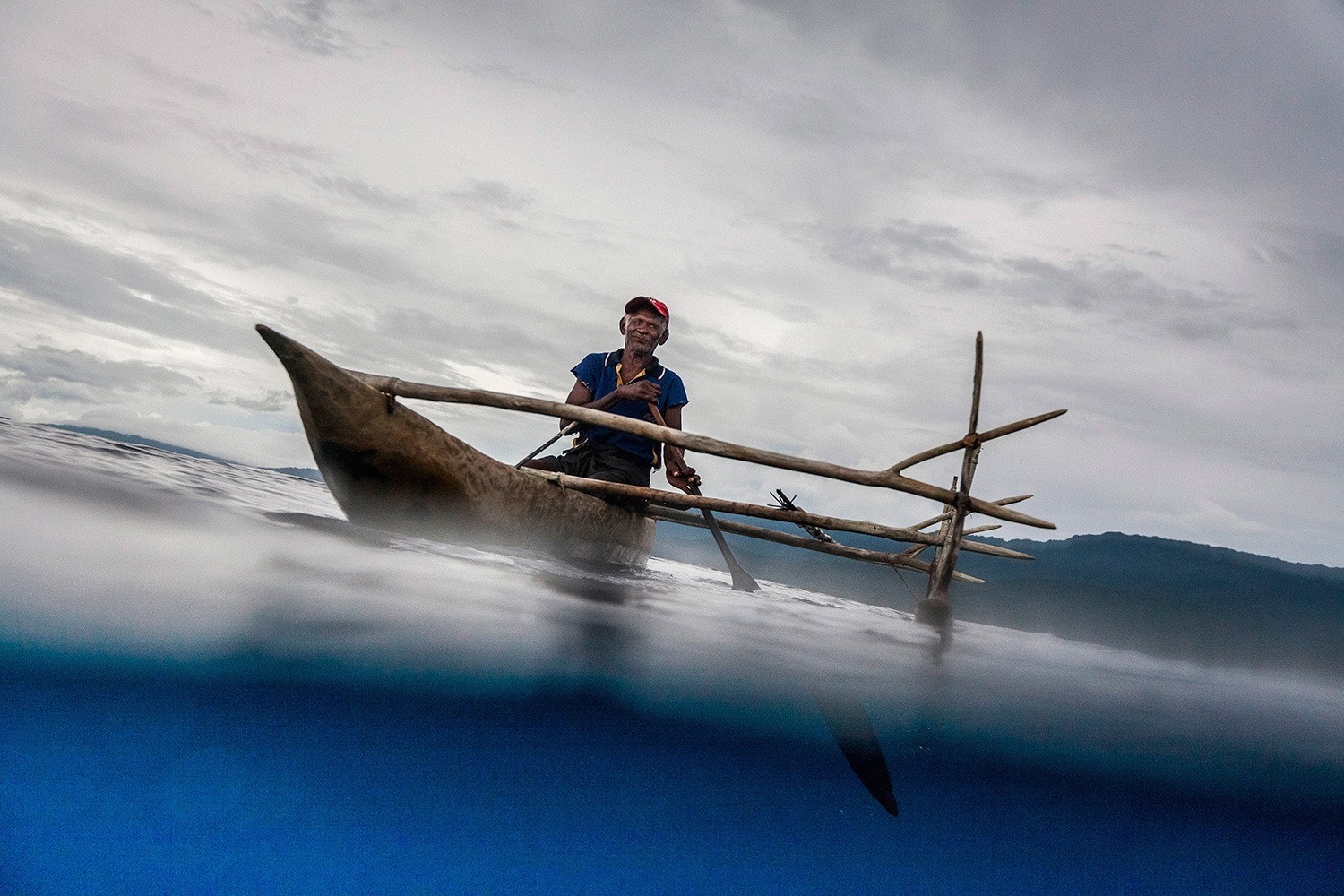
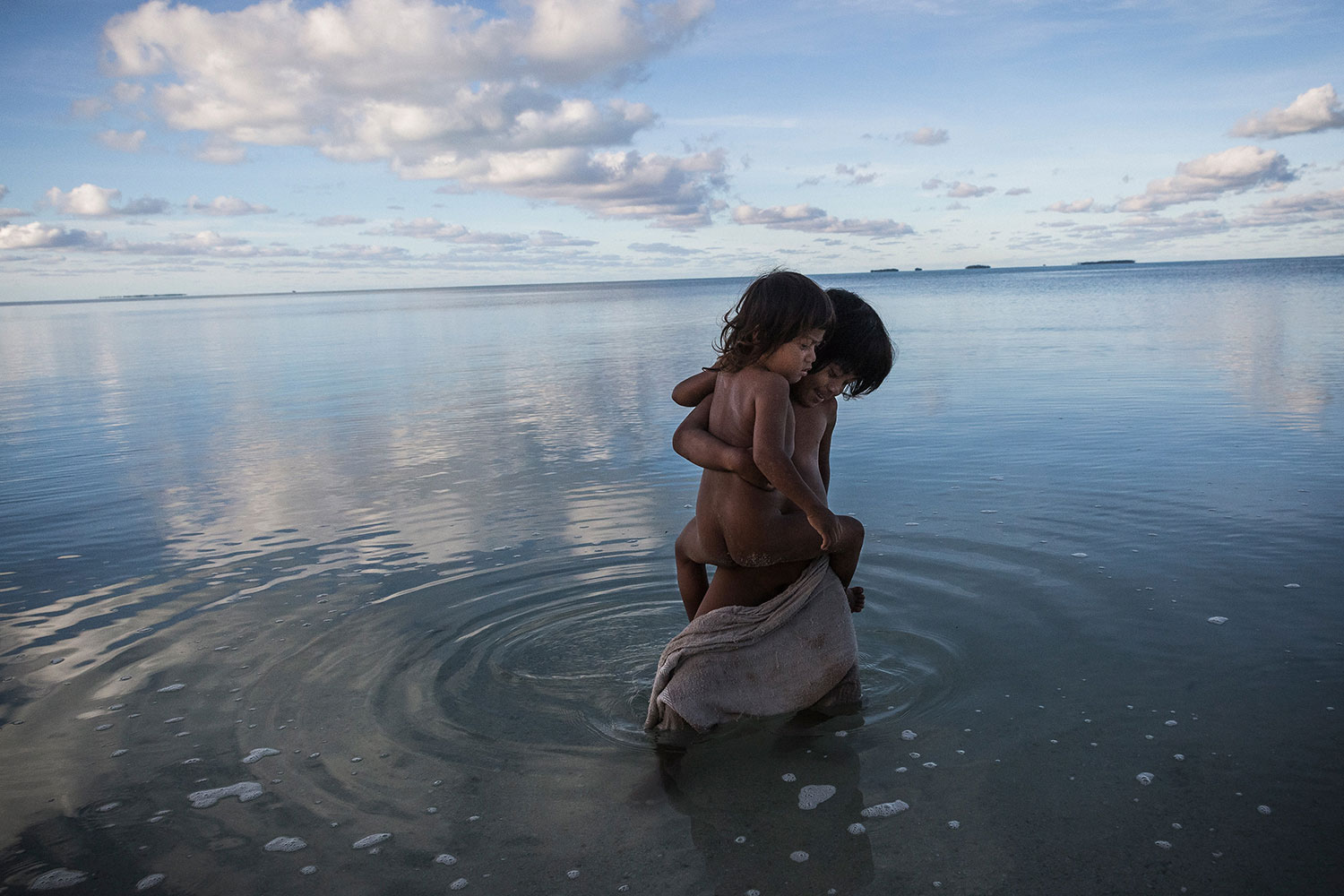
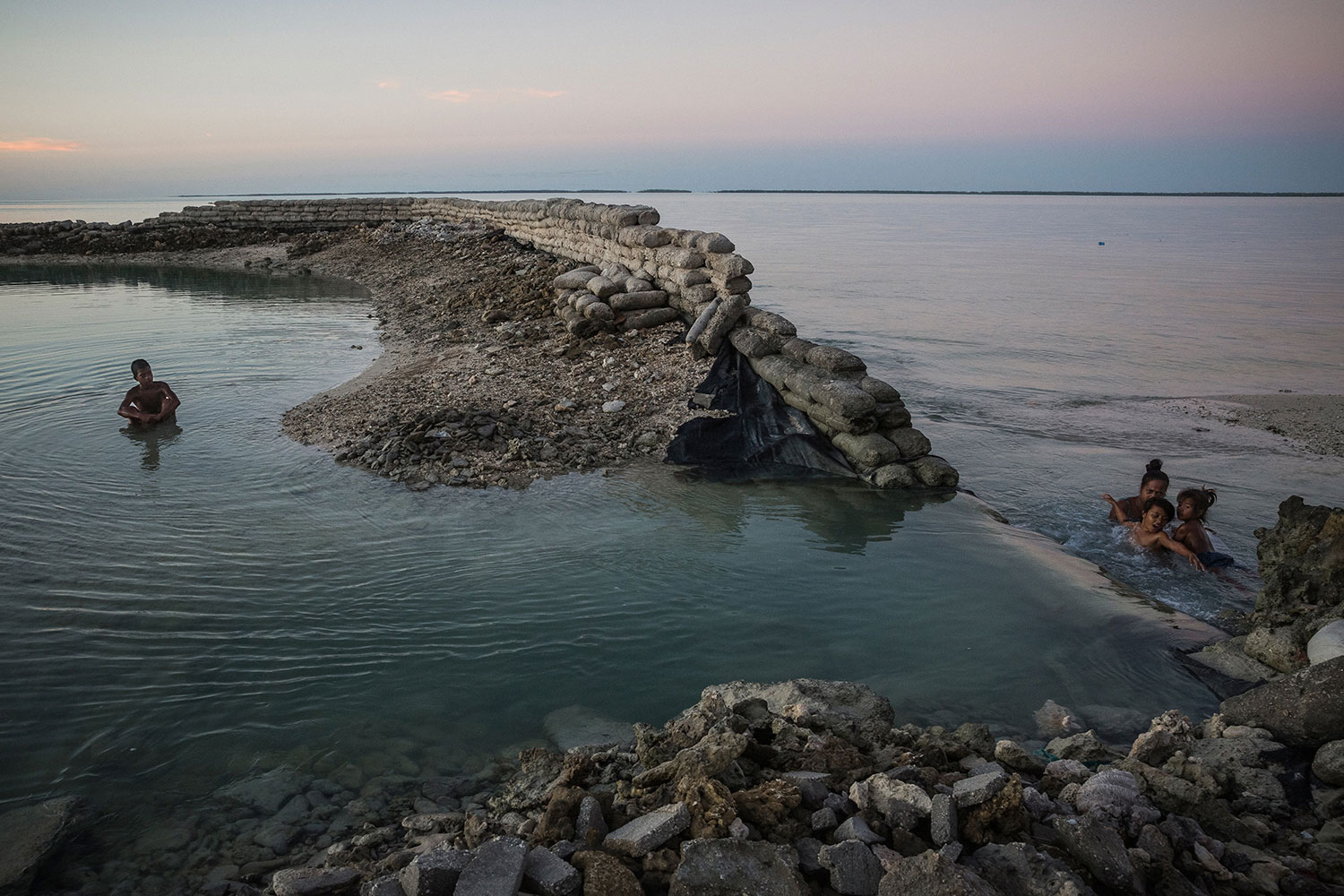
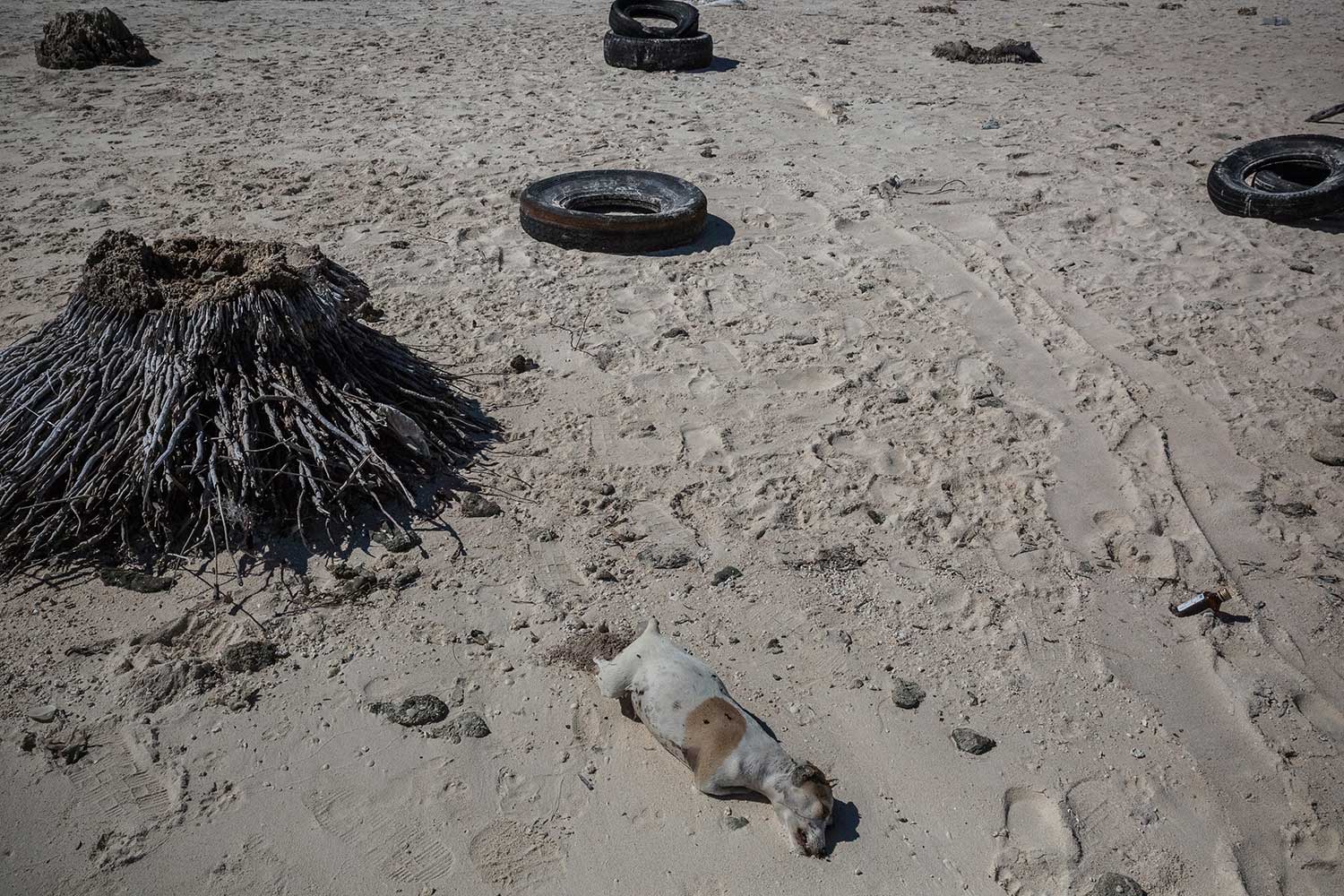
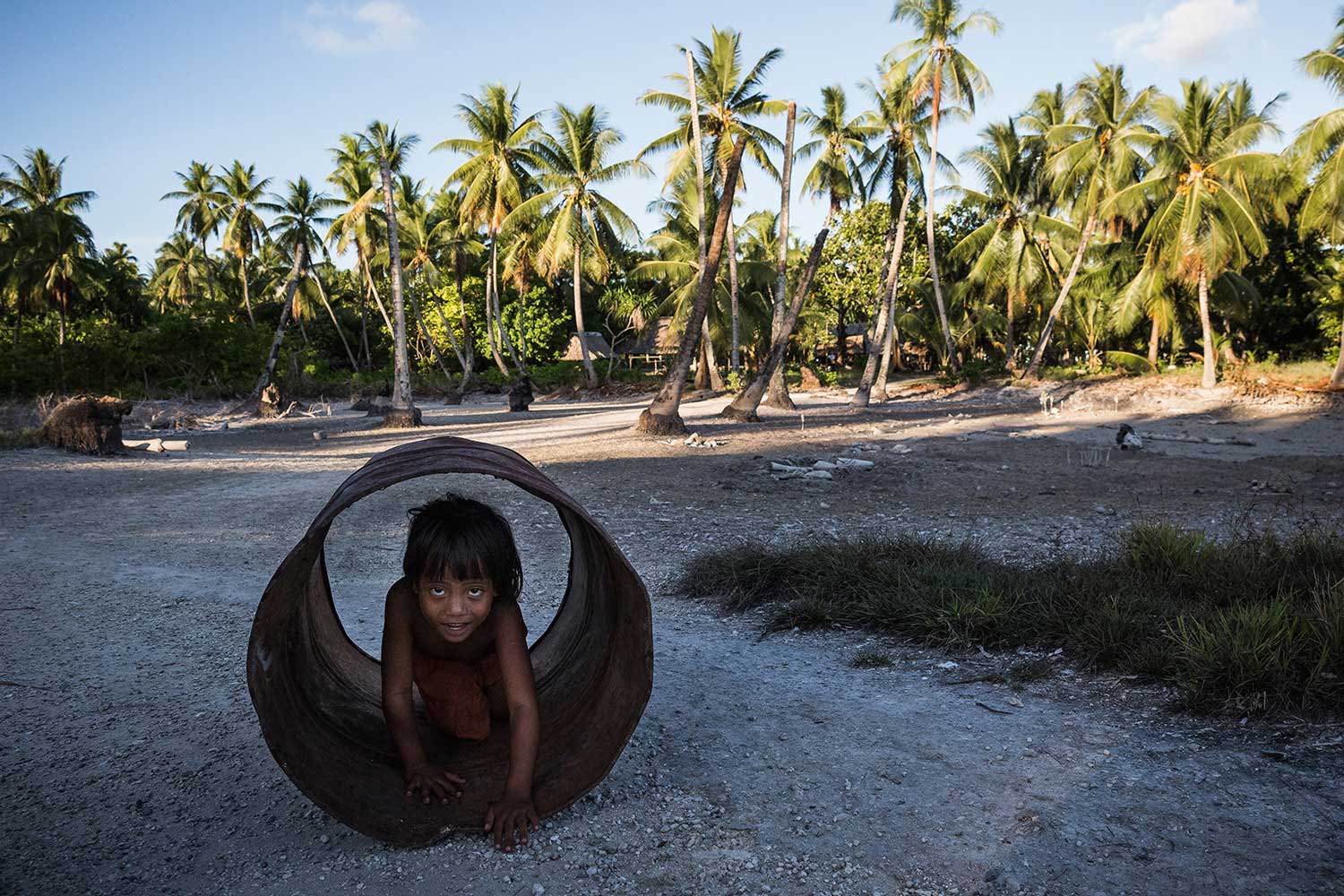
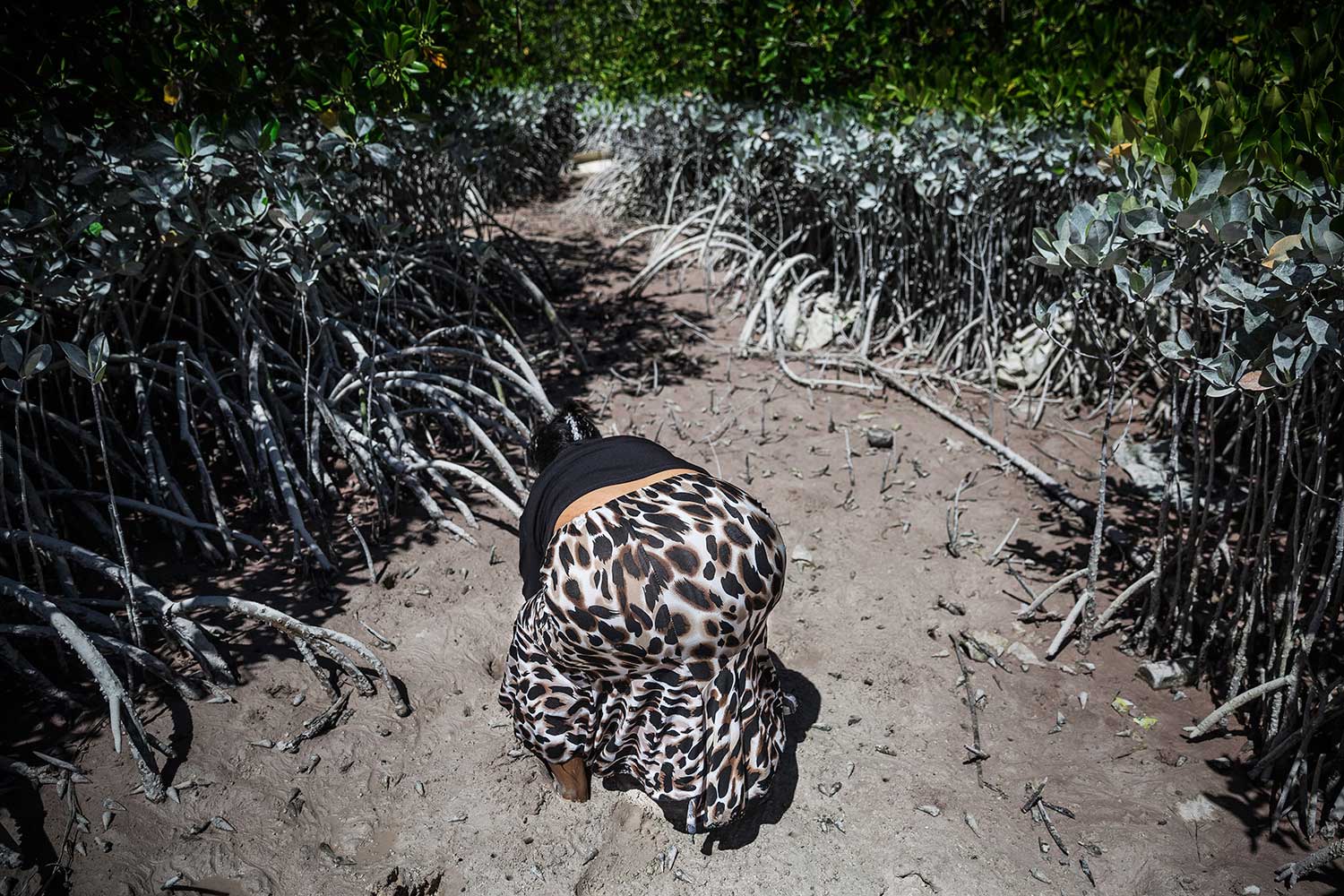
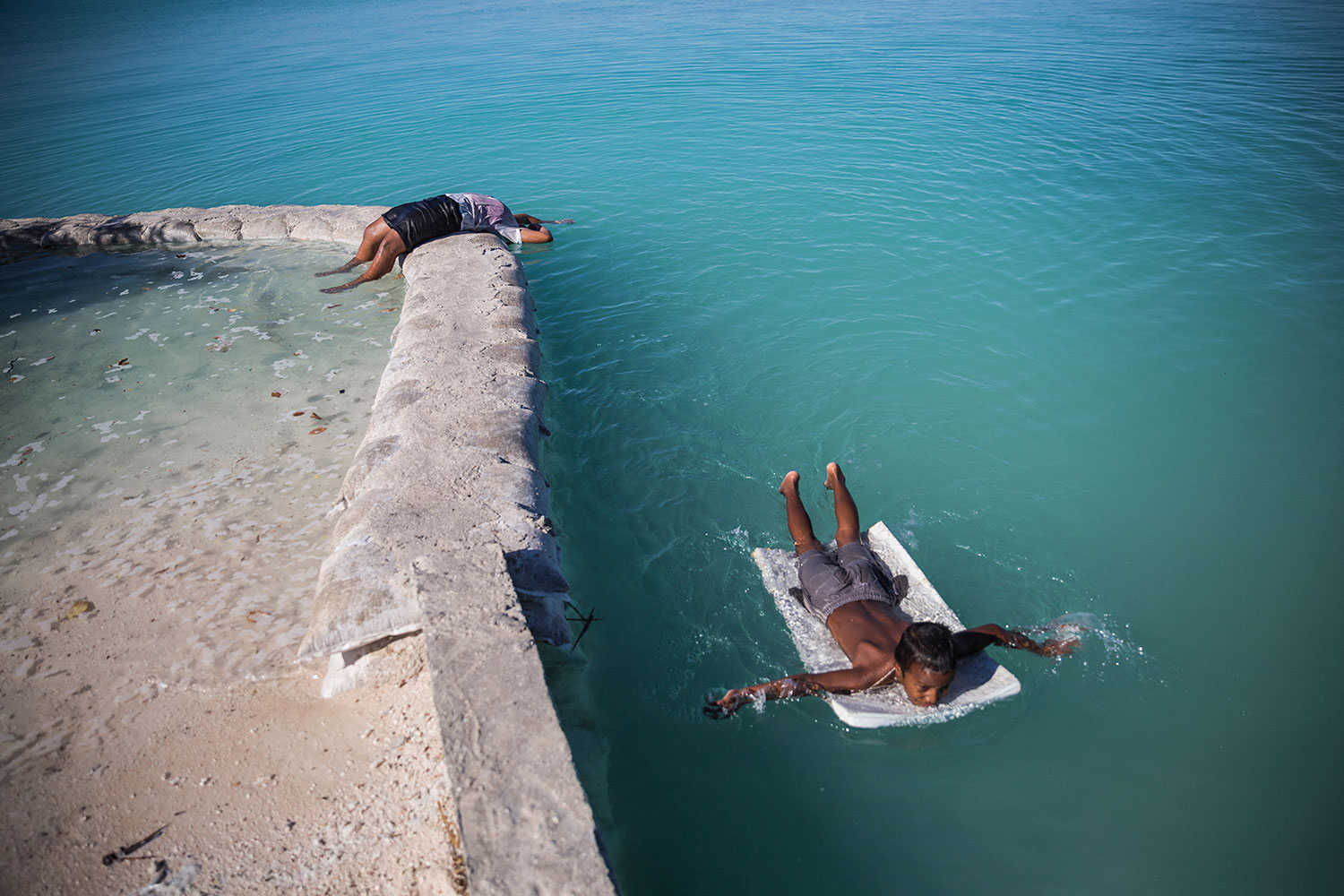
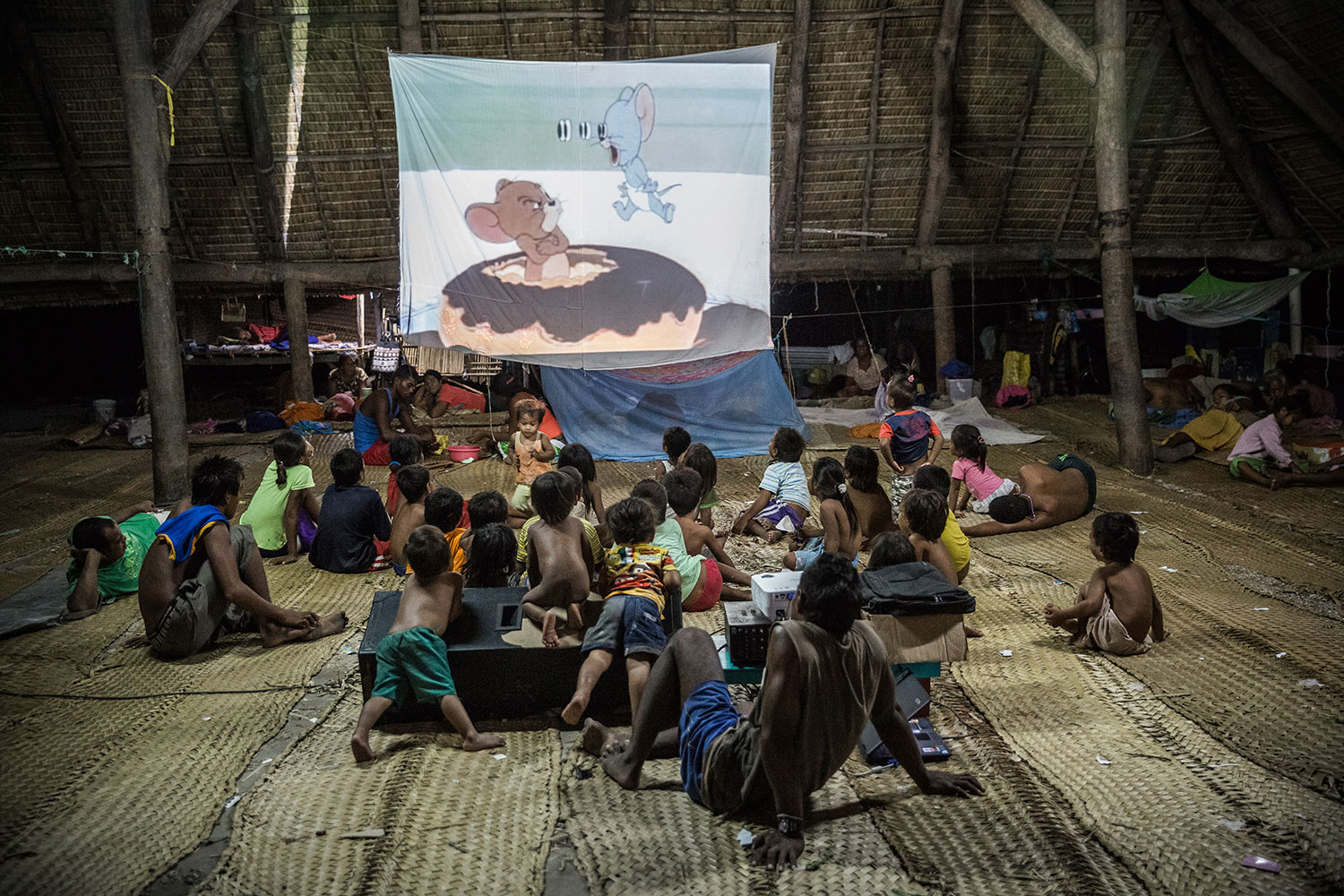
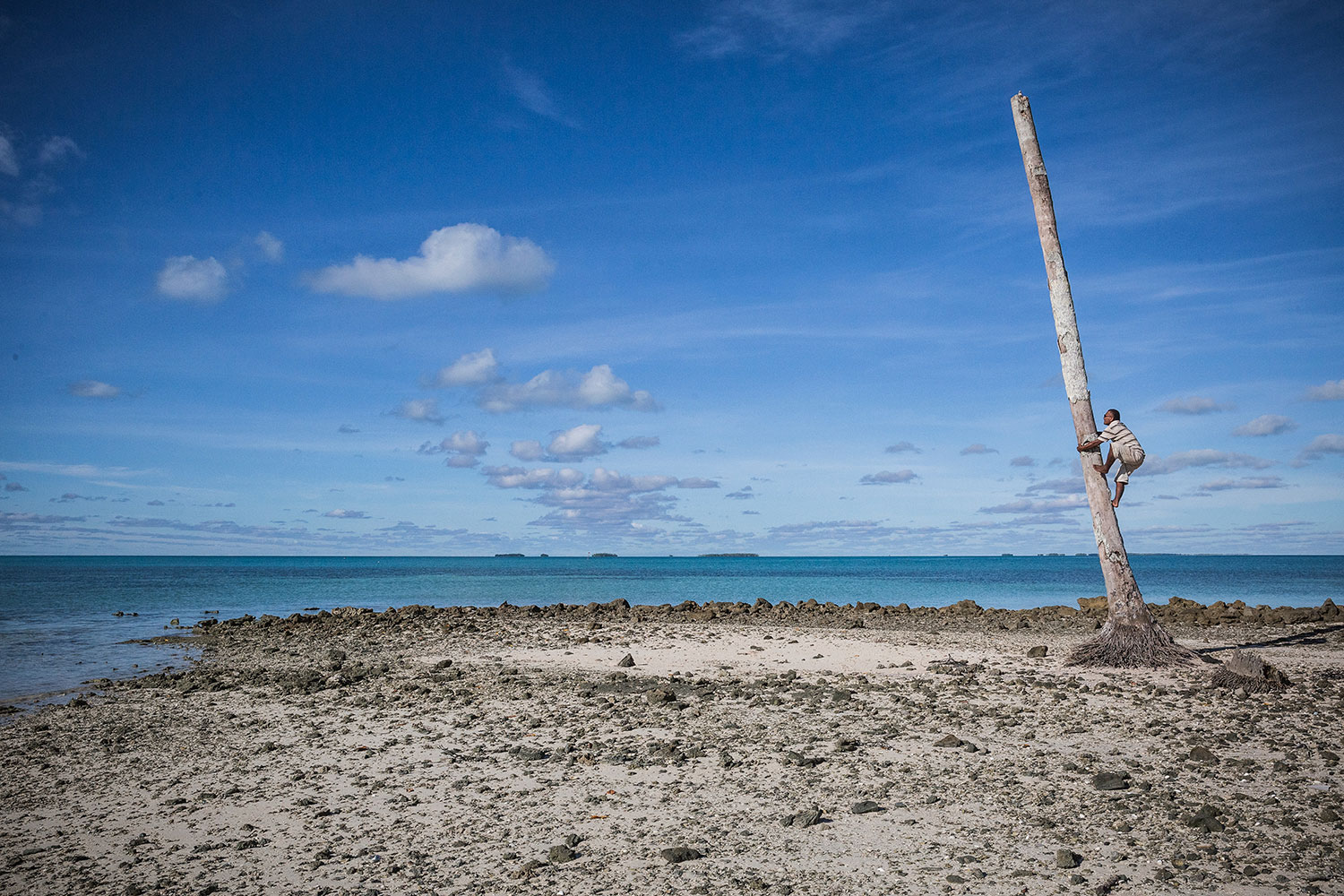
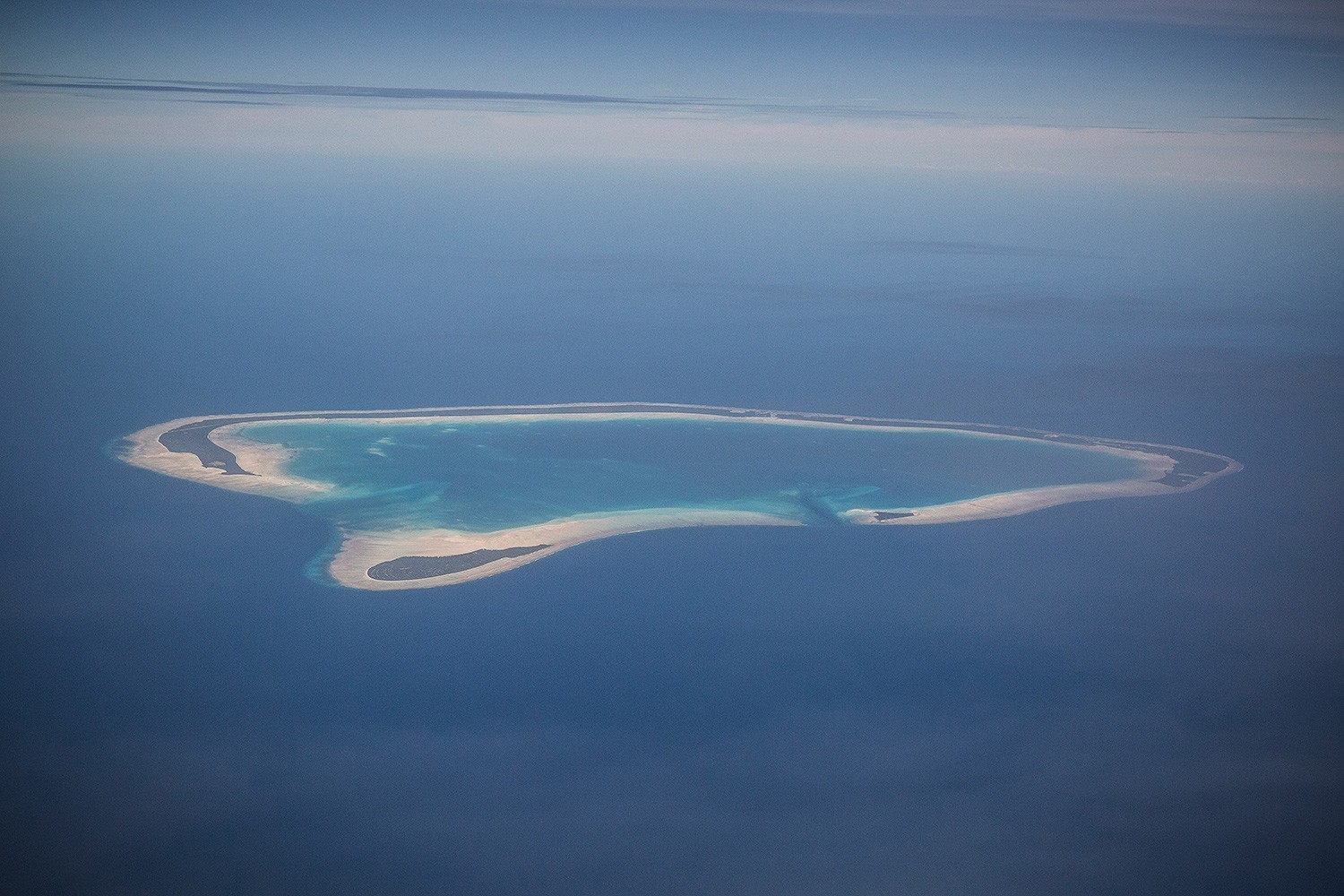
I have very recently returned from a one-month trip around the islands in northern part of Oceania: Guam, Northern Mariana Islands, the Federated States of Micronesia and Palau. Among other things I have been capturing the aftermath of super typhoon Maysak.
As climate change cannot be controlled and is unpredictable, I decided to dedicate several years to this project. I don’t know yet how much time it will take.
I have plans to travel around the whole Pacific region from Alaska to New Zealand. Almost all countries, located in this region encounter problems related to global warming.
Oceania is probably the region of the world that is the most difficult to reach, and this is why I often cooperate with the UN and international NGOs, which help me reach the most remote corners of the Pacific Ocean. I hope that in several years this project will be published as a book.
